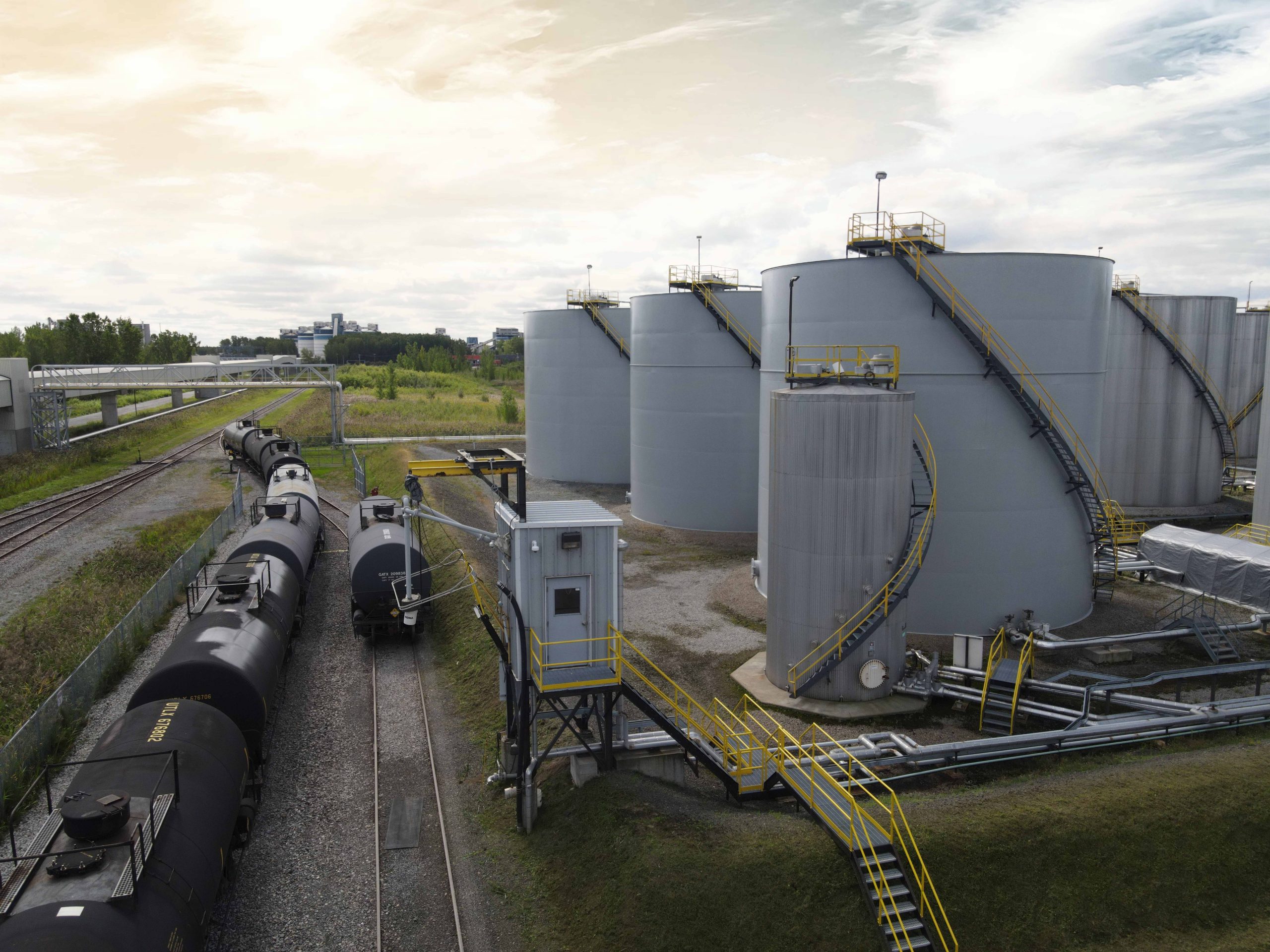Spreading calcium chloride as a dust suppressant may avoid stirring up dust, but it does raise questions, particularly about volume. Here are a few.
How much should I spread? What is the ideal amount?
To ensure optimal product effectiveness all summer long, Somavrac C.C. recommends the following (on roads four meters wide):
- 1 to 2 metric tons of calcium chloride flakes (Xtra85™) per kilometer
- 2,500 to 3,500 liters of liquid product (LIQUIDOW™) per kilometer
What accounts for the variation?
- Type of road (municipal, forest, private access, unpaved road, etc.)
- Use (daily traffic)
- Natural environment (amount of sunlight)
- Addition of gravel
For example, generally speaking, application rates increase on unpaved roads with heavy traffic.[1] They should be greater when the relative humidity is lower, so during hot, dry summers.
Given the factors that lower the hygroscopic potential of the product, such as traffic and humidity, Somavrac C.C. representatives can determine the ideal amount of product to spread on your road [no matter its specifics]. Since weather can be unpredictable, a second application may be appropriate. It is crucial to spread the second application evenly, to avoid uneven concentrations of product.
How can I make sure the product is evenly applied ?
Your liquid dust suppressant supplier should use an electronic spreader control. It’s a device that controls the amount of product spread on the road based on a set application rate and the actual speed of the vehicle. It makes for accurate, constant application of material over the entire course.[2] To do so, the device should be calibrated at least once a year or after any repairs or changes are made to the electronic system.
As the device cannot be used when spreading liquid dust suppressant, ask the customer service or delivery manager of your supplier about using electronic spreader control. As the control tool is also used by drivers during spreading, it is easily visible in the truck cab. The driver can therefore easily demonstrate that the service will be properly provided.
Spreading the right amount of product is critical – as is even application. So remember the words “calibrated electronic spreader control”.
Registered trademark of Somavrac C.C./Trademark of Occidental Chemical Corporation.
[1] ENVIRONMENT CANADA, Best Practices For The Use And Storage Of Chloride-Based Dust Suppressant, February 2007, p. 3. [traduction libre]
[2] TRANSPORT QUÉBEC, Étalonnage des régulateurs d’épandage électroniques, [Online, French only], https://www.transports.gouv.qc.ca/fr/gestion-environnementale-sels-voirie/Documents/GSV/references-utiles/ProcedureVerificationEtalonnageRegulateurs.pdf, (page retrieved April 4, 2017) [traduction libre]



